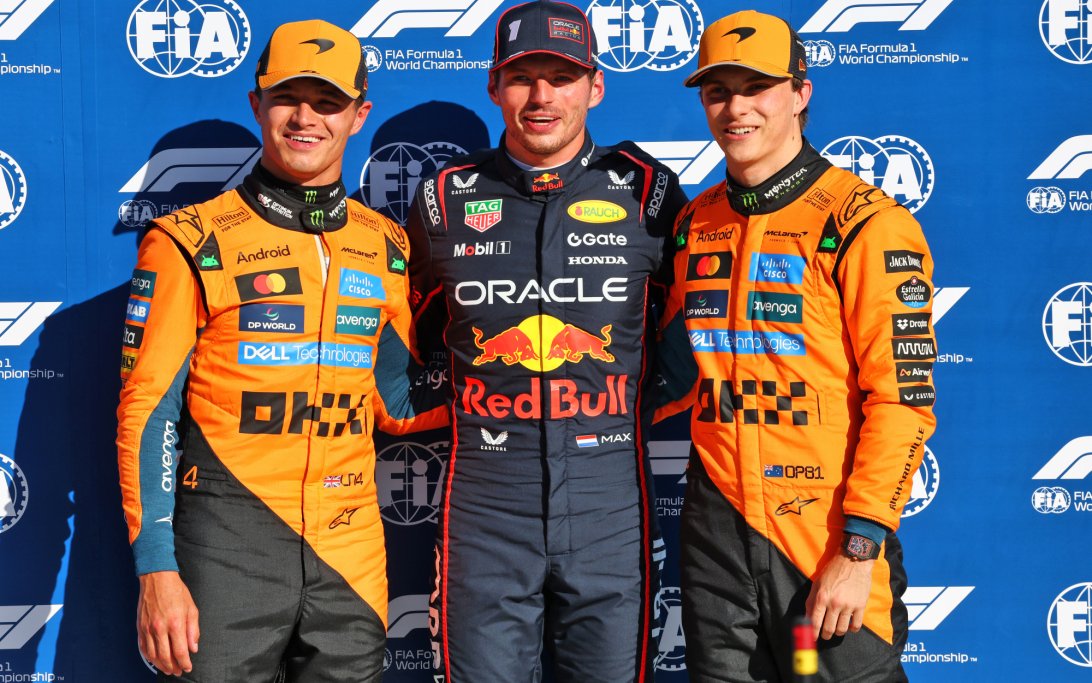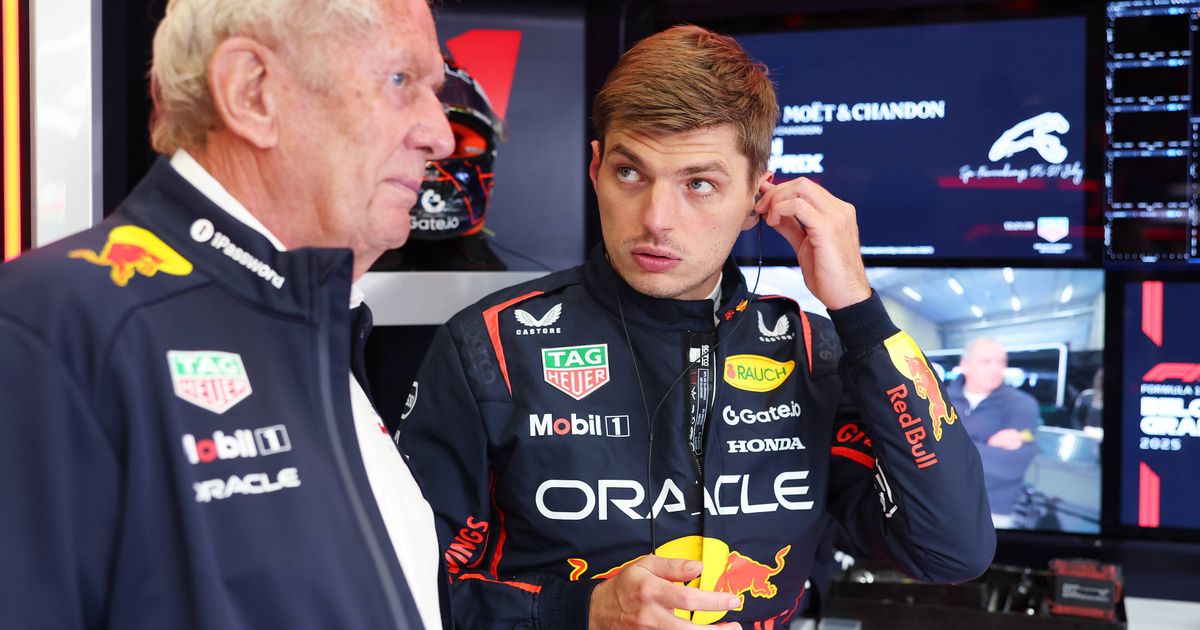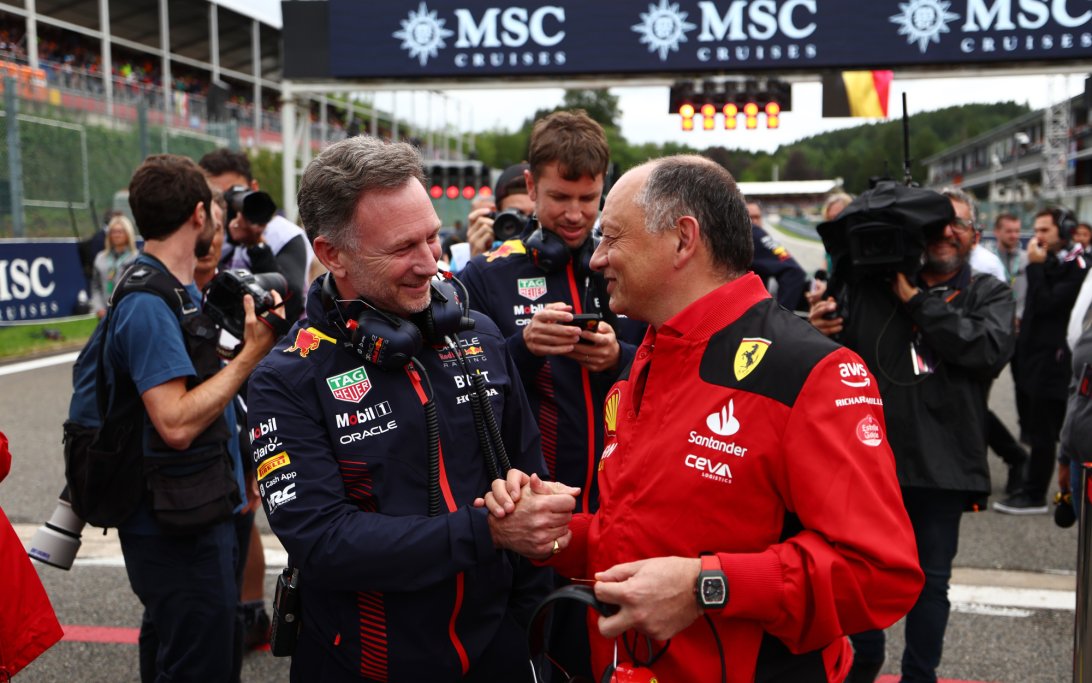
Red Bull's 'Tape-gate' is Classic F1 Skullduggery, says Gary Anderson
The recent incident where a Red Bull team member attempted to remove a strip of tape used as a grid marker for McLaren's Lando Norris has been dubbed 'classic F1 skullduggery' by former F1 designer Gary Anderson. This event, which Red Bull's Laurent Mekies dismissed as a 'misunderstanding,' highlights a long history of competitive, often questionable, tactics within Formula 1.
Why it matters:
This seemingly minor act of interference underscores the intense, no-holds-barred competitive nature of F1. While Red Bull avoided a sporting penalty, the incident sparked debate about sportsmanship, regulations, and how to effectively deter such tactics in a sport where every fraction of a second and every advantage counts.
The Details:
- The Incident: A Red Bull team member was seen attempting to remove a strip of tape placed on the grid by McLaren, intended to help Lando Norris accurately position his car for the start.
- Red Bull's Response: Team principal Laurent Mekies downplayed the event, suggesting it was 'probably a bit' of a misunderstanding. Anderson, however, finds this explanation unconvincing, noting that such 'fun and games' are usually well-known within a team.
- Historical Precedents: Anderson draws parallels to past incidents like Benetton's 1994 pitlane fire, where a junior employee was blamed for removing a fuel rig filter, a move senior engineers would likely have been aware of. This illustrates the concept of 'plausible deniability' in F1.
- Unwritten Rules: While there's an unspoken 'common courtesy' among teams regarding pit equipment, Anderson acknowledges that teams will often push boundaries, such as lingering longer than necessary in a busy pitlane.
- Personal Anecdotes: Anderson recounts his own experiences with team members pushing ethical limits, including a radio supplier planning to use a frequency scrambler during pitstops and a designer creating components that bent the rules.
Between the lines:
Anderson suggests that the current penalty system—a €50,000 fine for teams—is insufficient to deter such actions, especially for well-funded teams like Red Bull. He argues that only championship points, for either constructors or drivers, truly matter and would serve as an effective deterrent.
What's next:
Anderson proposes technical solutions and stricter rules to address persistent issues on the grid and in the pitlane:
- Grid Positioning: To prevent 'small' incidents with car positioning, a sensor system could be implemented, similar to jump start detection, to provide drivers with a dashboard light when their car is correctly within a 10cm radius of the start box.
- Pitlane Etiquette: To stop cars from completely halting in the fast lane, a minimum speed limit (e.g., 20km/h) could be introduced, preventing queues and ensuring smoother traffic flow.
Anderson emphasizes that solutions exist for every problem, but they require swift action as issues arise. He concludes that as long as F1 teams are filled with competitive individuals desperate to win, they will continue to seek every possible advantage, making incidents like Red Bull's 'tape-gate' an enduring feature of the sport.
Original Article :https://www.the-race.com/formula-1/red-bulls-tape-antics-classic-bit-of-f1-skull...










